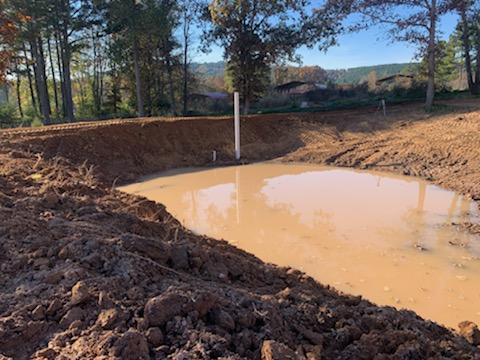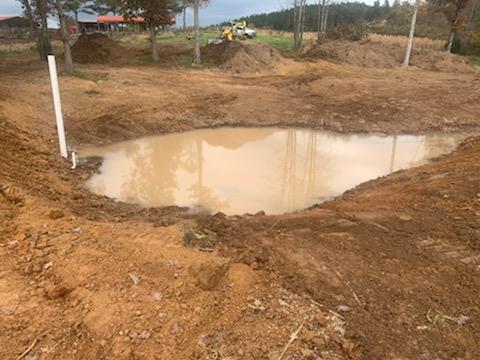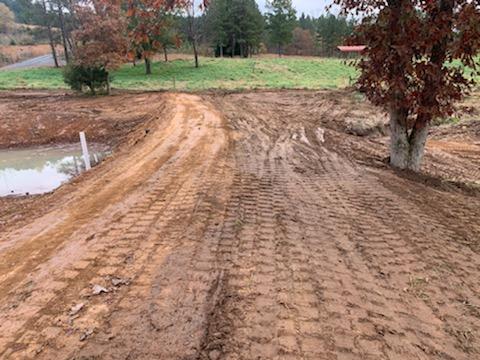Your Trusted Contractor for Storm Water Management Services
Stormwater is excess rain and melted snow that runs off onto hard surfaces such as pavements and roads. Usually, this water is absorbed into the soil and plant beds. However, by hitting hard surfaces like pavements and road ditches, it transfers debris, chemicals, bacteria, and poor-quality soil into streams, rivers, or wetlands.
This excess runoff is harmful to both humans and the environment. It can lead to flooding and property damage if not managed properly. It can also cause soil erosion, which washes away important topsoil for future plant growth.
To prevent these things from happening, it is important to have good stormwater management systems in place. Here is everything you need to know about stormwater management, why it’s important, and the different methods that can be used.
What Is Stormwater Management?
Stormwater management involves putting systems or infrastructure in place to prevent excess runoff. There are two main approaches to this. The first approach involves harvesting stormwater and reusing it thereafter. This approach can use water for practices such as landscape irrigation and flushing toilets.
Secondly, runoff capture may occur through management systems that release the water into storm drainage systems and the ground in a more controlled manner. This technique is useful for refreshing underground aquifers and recharging groundwater.
Stormwater management is essential to incorporate into developments. It prevents flooding, soil erosion, muddiness, and polluted waterways.



